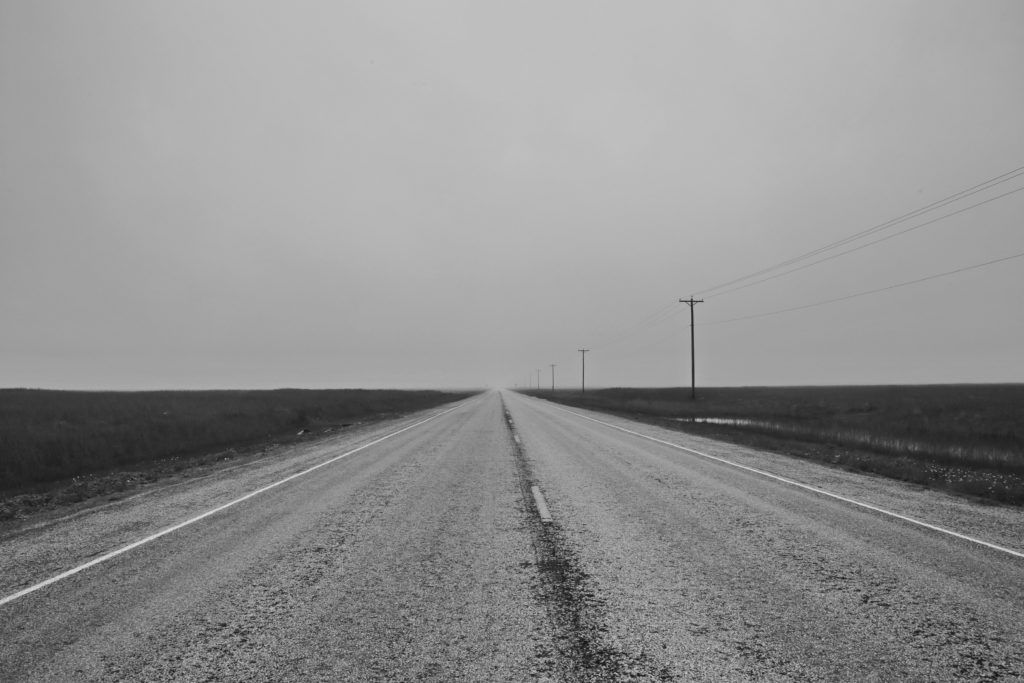This article by Ray Spitzenberger first appeared in IMAGES for July 16, 2020, East Bernard Express, East Bernard, Texas.
Recently, while going through my closet, I came across a small, “Indian” arrowhead that I had found as a child growing up in Dime Box, Texas. We called such artifacts, “Indian” arrowheads back then. Today, however, “Native Americans” is the preferred term, although anthropologists and archeologists use the word, “Amerindians.” I remember how many, many Amerindian artifacts people would find in the 1940’s. Most of my young friends had a collection, though I never got past my one arrowhead.
No doubt the reason adults weren’t as excited about these keepsakes as we kids was due to the fact that many of our great grandparents who had encounters, friendly or unfriendly, with area tribes in the mid-1800’s were still living. And no one back then had an inkling that some Amerindian cultures went back 10,000 or more years.
So, most youngsters of that era started arrowhead collections because they were easier to find than lost coins or other treasures. But none of us were as avid in our search as Arnold Smith, who lived in Giddings, Texas, and started collecting arrowheads at age 7 in 1924. As he grew older, he collected the artifacts from all over Lee County, most of them having been made by more recent tribes (though some were from the ancient Paleo-Indian period). Lee County farmers would even get in touch with him if they plowed up a cache of artifacts.
By the time Mr. Smith died at age 97 in 2014, he had collected over 2,400 artifacts, — spear points, arrow points, dart points, tools, stone smoking pipes, etc. His was considered the largest arrowhead collection in Texas. He had them on display at his home in Giddings until the collection outgrew his home. In 2003, his exhibit of Amerindian artifacts became a permanent display in the Giddings Public Library and Cultural Center and can still be viewed there today. By the time he died in 2014, he was one of the best known Amerindian artifact collectors in the State.
In a sense, I suppose, J. D. Hudgins was the Arnold Smith of Wharton County, though I don’t know anything about his interest in arrowheads as a child. But, according to a Houston Archeological Society publication, Mr. Hudgins discovered a prehistoric (early Paleo-Indian) site on the banks of the West Bernard Creek. This was an incredible find that involved not only professional archeologists, but also, amateur archeologists, as well as many, many Wharton County “diggers” who volunteered to work daily.
Just as Lee County, Texas, was the home of many 17th, 18th, and 19th Century Amerindian tribes, such as the Tonkawa (the oldest), the visiting Wichita from the north, the invading Comanche from the west and northwest, and the Caddo, next door, Wharton County, Texas, had its Karankawa, as well as the Tonkawa from their north, etc. But what made the Wharton County excavation of the site referred to as Site 41WH19 so astonishing was its incredible age.
Believe it or not, I read the entire Report on the Excavation of Site 41WH19, written by L. W. Patterson, R. L. Gregg, W. L. McClure, and J. D. Hudgins, and published by the Houston Archeological Society. Not understanding some of the terminology used by archeologists (professional and amateur), I’m not prepared to share the many details of the report (hey, I’m a columnist, not an archeologist). But it’s a fascinating report.
The dig uncovered many astounding artifacts, 10,000-or-more-years-old, such as Paleoindian projectile points, dart points, projectile points made of local chert and points made from flint, scrapers, knives, drills, fired clay balls, and pottery or ceramics. To find these splendid treasures, the diggers and screeners had to dig and screen over 250 tons of soil! It was a truly spectacular excavation.
Wow! As I take another look at my one little arrowhead, I’m OK with never becoming an archeologist, professional or amateur! But I’m in awe of those who do.
-o-
Ray Spitzenberger is a retired teacher and pastor, and author of two books, Open Prairies and It Must Be the Noodles.

